Fundamentals of DevOps
Process
A Security Persons Scenario
Welcome back to our series on DevOps, where today's focus shifts to integrating security into the development lifecycle—a practice commonly known as DevSecOps.
In this scenario, Samita, a cybersecurity specialist, struggled to find her place within an established software delivery team. While each team member had clearly defined responsibilities, her contributions were frequently overlooked. Despite her deep understanding of cybersecurity, Samita was uncertain about the best way to integrate her expertise into the team’s existing processes.
Insight
Samita’s experience demonstrates the importance of understanding and aligning team roles, particularly when introducing specialized skills such as cybersecurity.
Recognizing the resistance and exclusion, Samita took the initiative to engage her colleagues by asking, "What do you know about security?" and "How do you see my role supporting the team?" The candid feedback she received was eye-opening—one colleague remarked, "You ask for version updates constantly, but you rarely communicate directly, and often you add extra work."
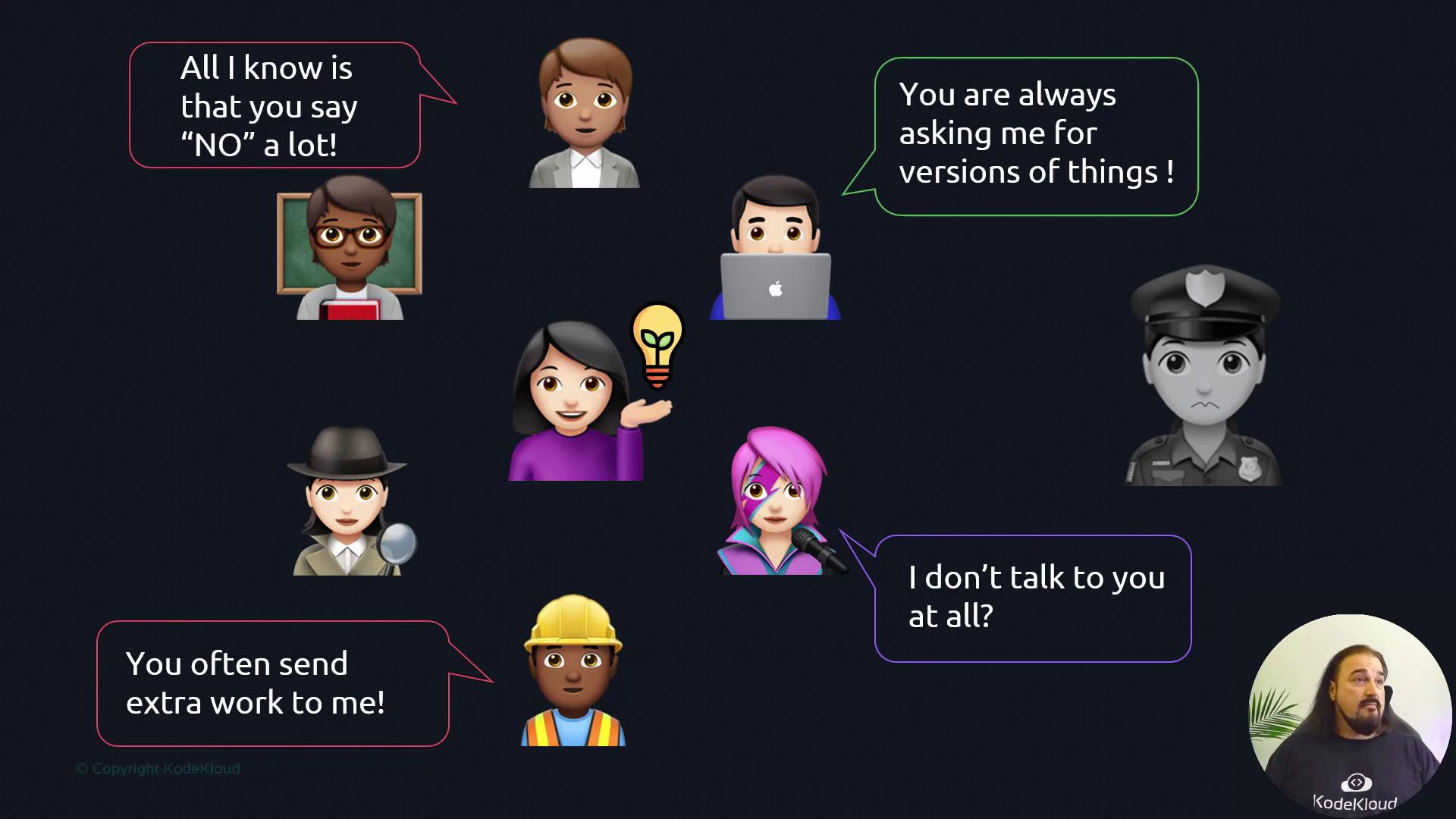
This feedback highlighted a critical disconnect: while Samita viewed security as an integral part of every phase of DevOps, her team perceived it as an afterthought, something isolated at the end of the process.
Determined to close this gap, Samita organized a team meeting to discuss the benefits of a DevSecOps approach. She explained how embedding security throughout the development lifecycle enhances overall software quality and risk management. To bolster her case, Samita shared a range of resources—including documentation, blogs, and articles—and arranged Lunch and Learns, workshops, and hackathons to raise awareness and build team engagement.
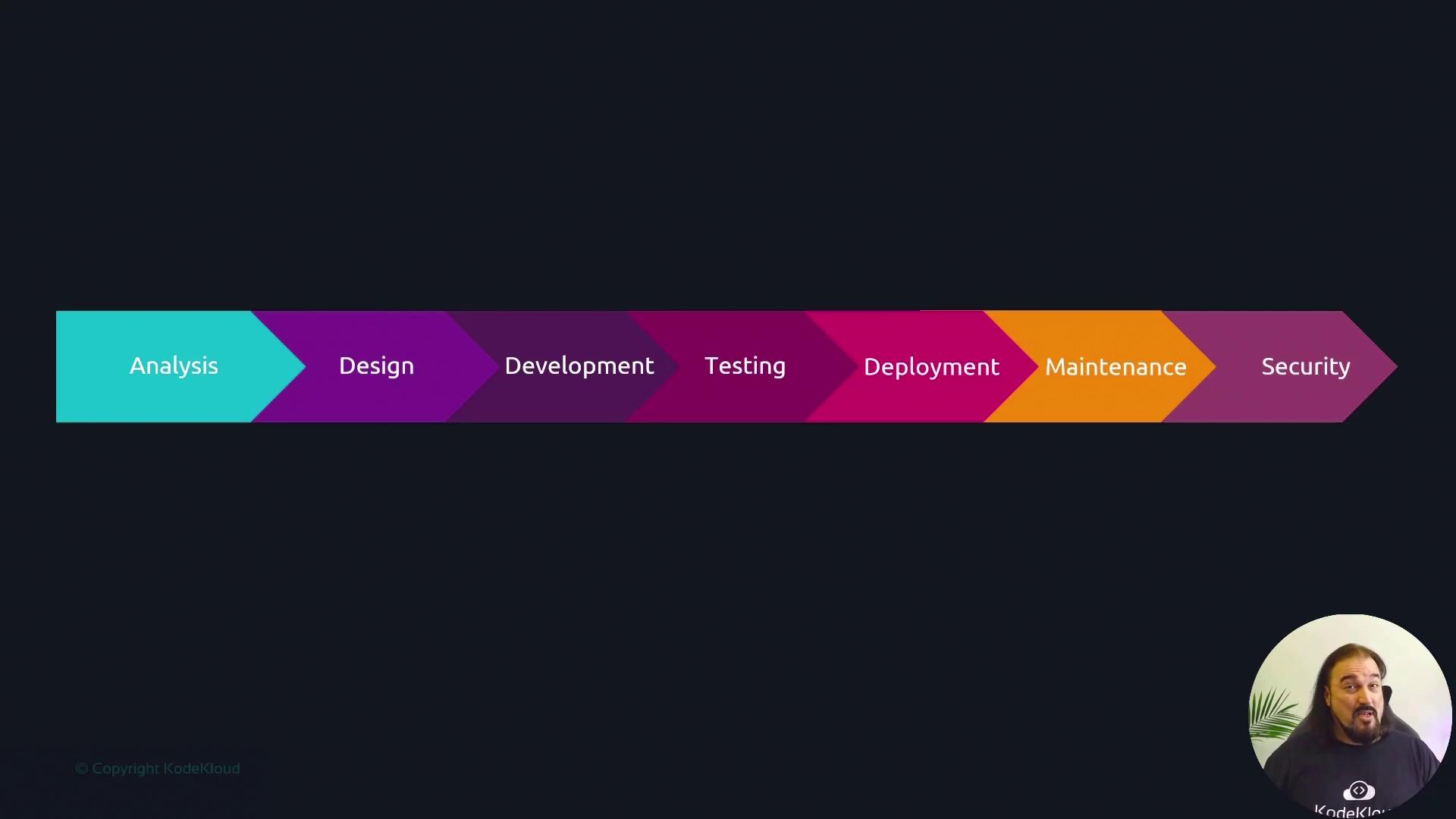
Her educational efforts began to shift the team’s perspective. Security was now seen not as a separate or final step, but as a continuous and integrated process that added value across all phases of the workflow.
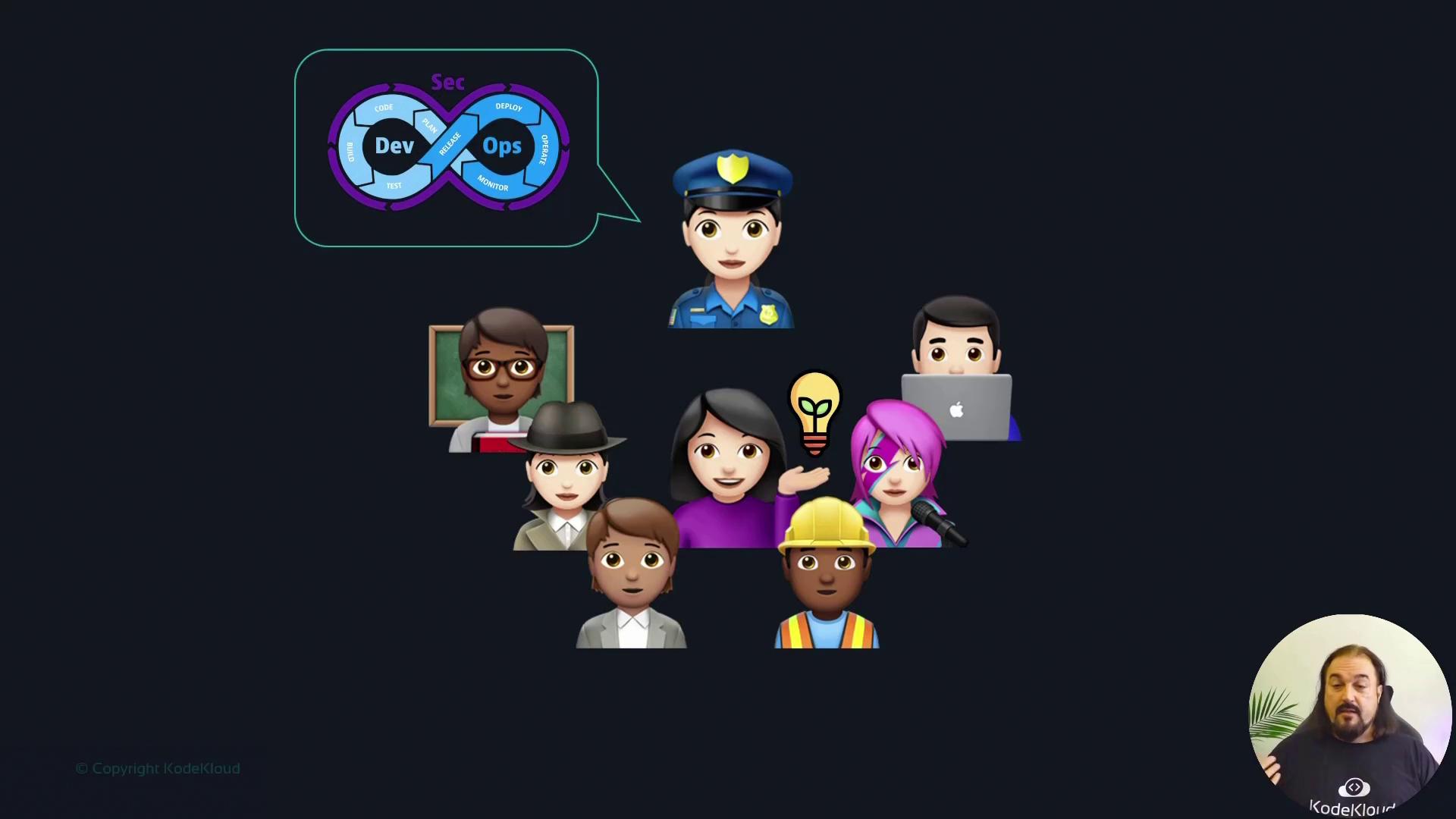
Over time, through ongoing collaboration and open communication, the organization evolved its processes to incorporate security into every stage. This transformation led to the development of a unified DevSecOps culture, where every team member, regardless of role, contributed to robust security practices.
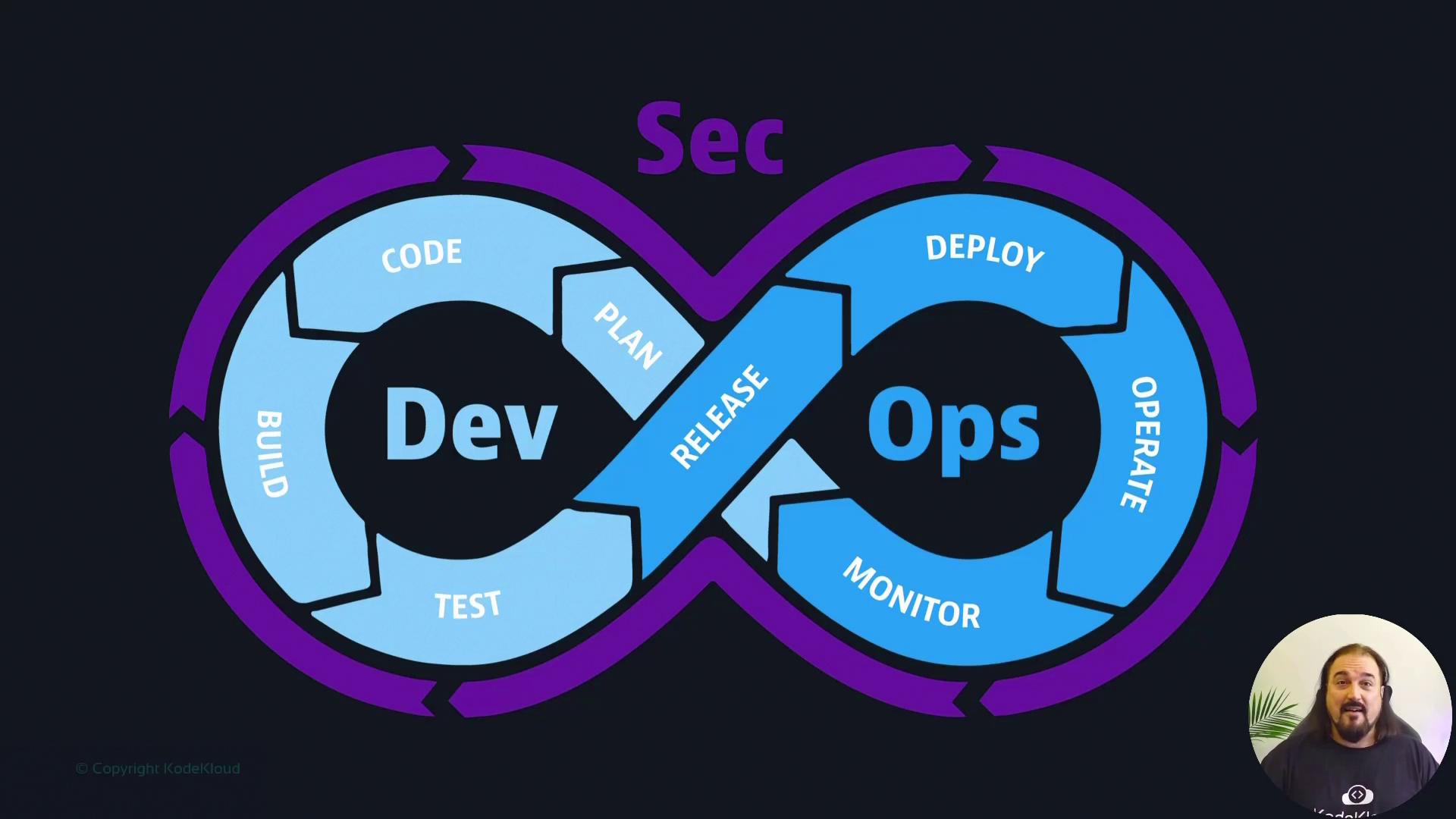
In the end, Samita no longer felt isolated. By actively engaging with her colleagues and advocating for security as a shared responsibility, she not only clarified her own role but also enhanced the overall security posture of her organization.
Key Takeaways
- DevSecOps transforms security into a shared responsibility, integrated seamlessly into all phases of the development lifecycle.
- While cybersecurity is a specialized field, its integration benefits every stage of the process.
- Open communication and regular feedback are crucial for aligning team roles and responsibilities.
- Educational initiatives such as meetups and workshops help in demystifying security processes and promoting collaboration.
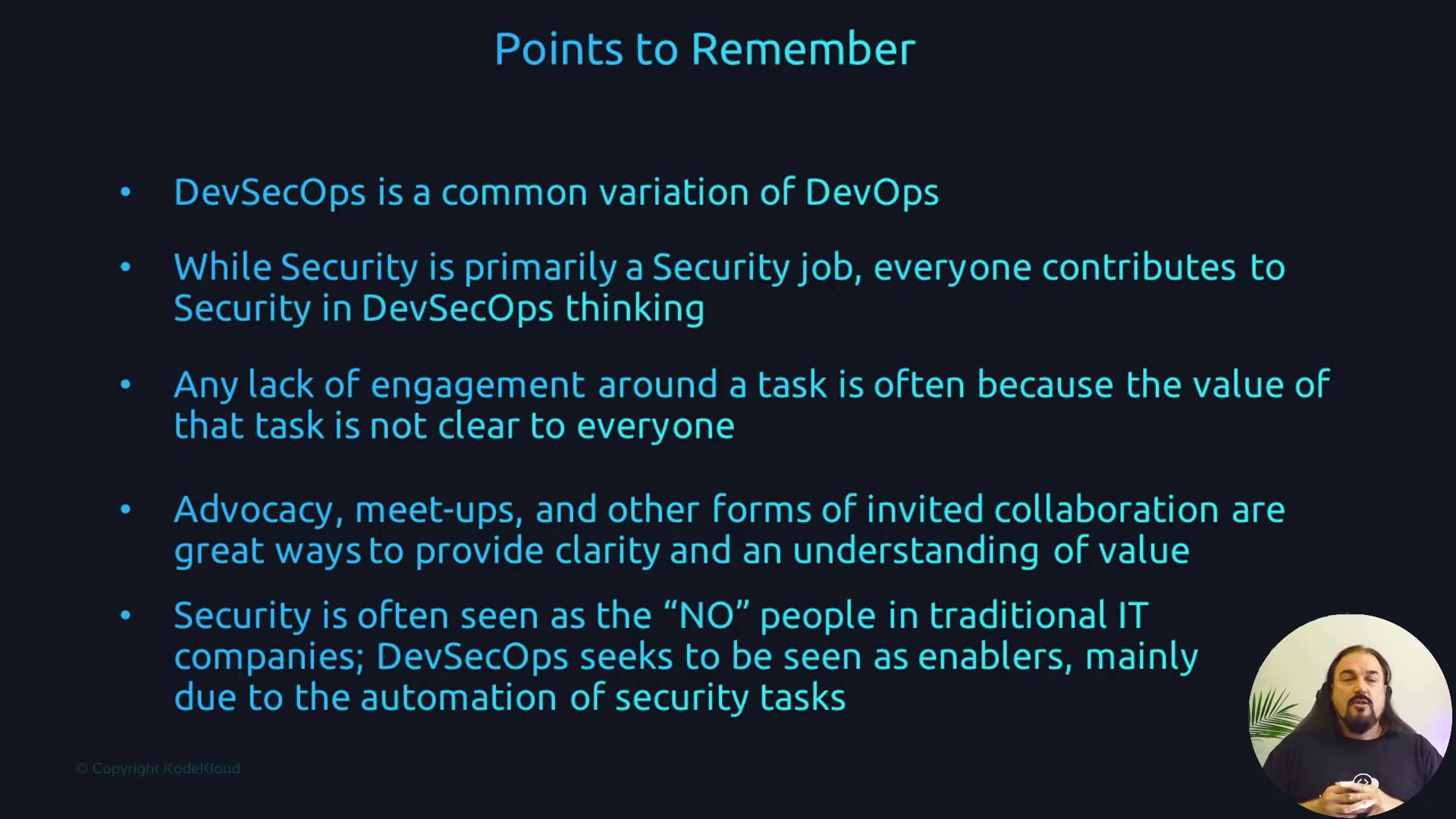
Thank you for reading. We look forward to exploring additional DevOps and DevSecOps insights in the next lesson.
Watch Video
Watch video content